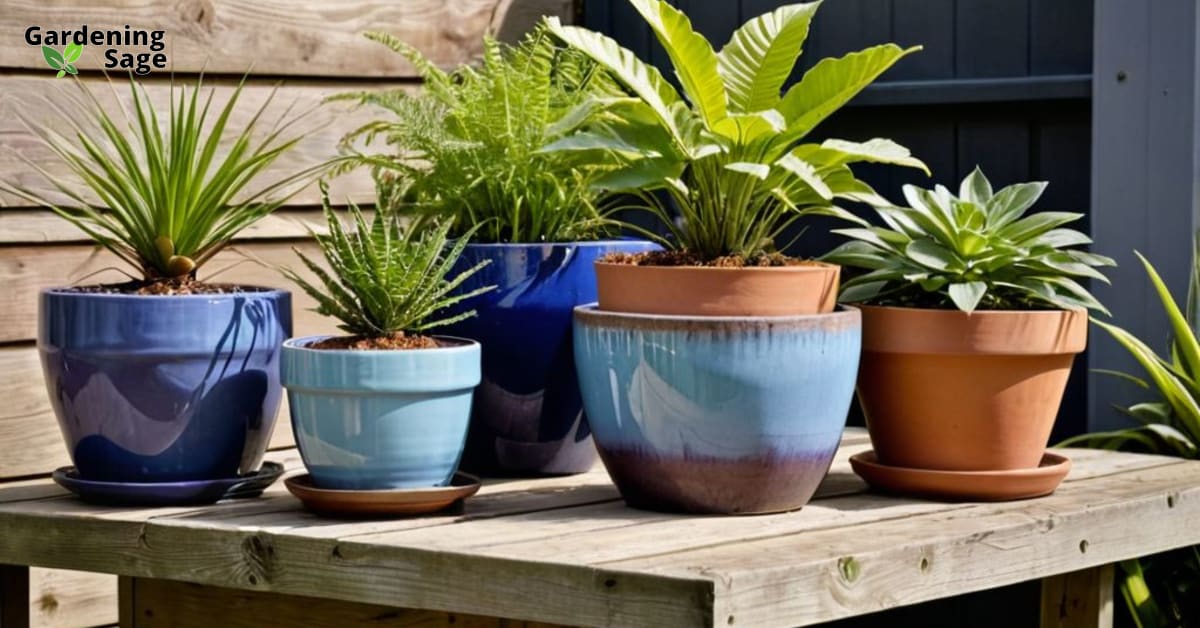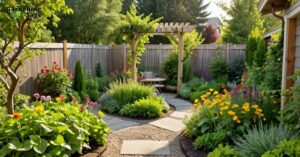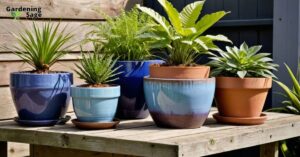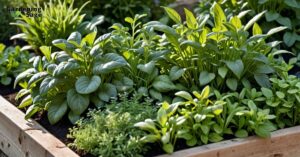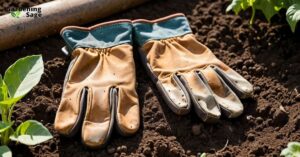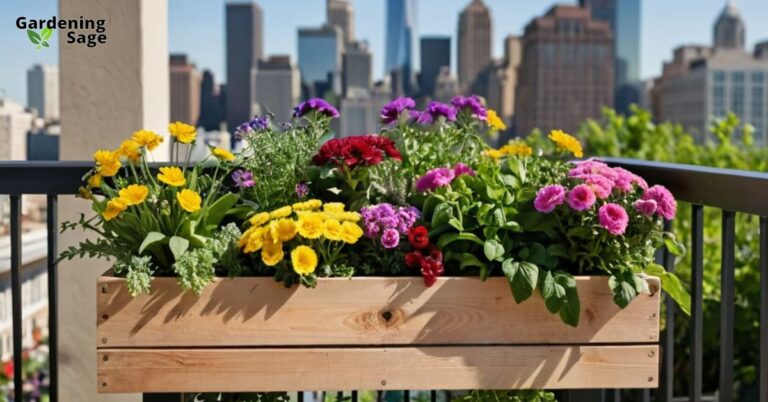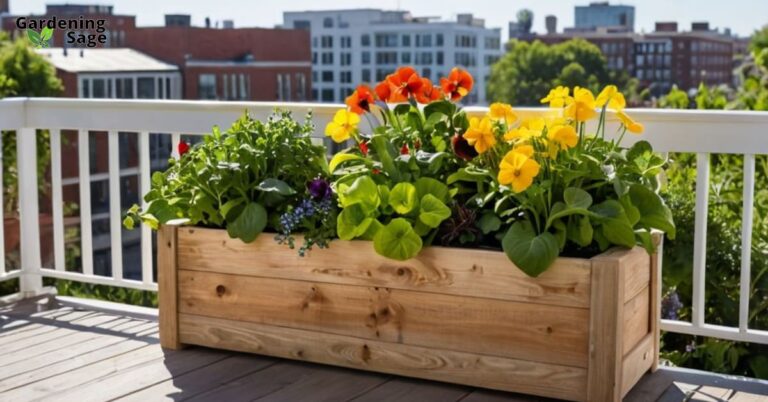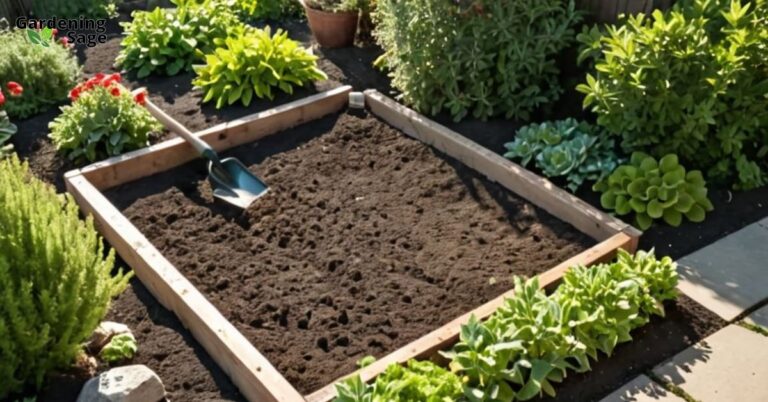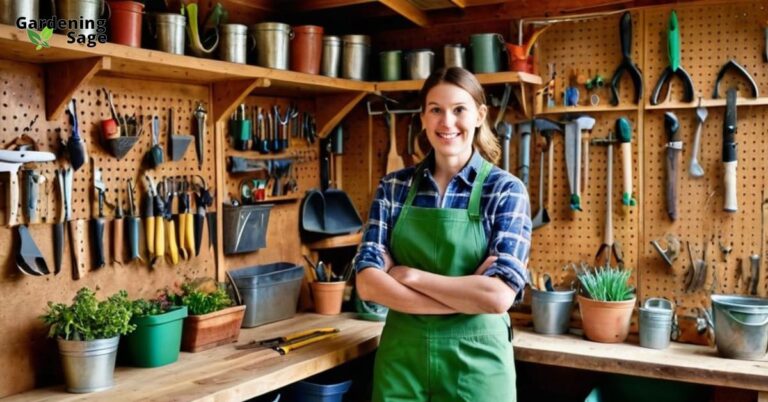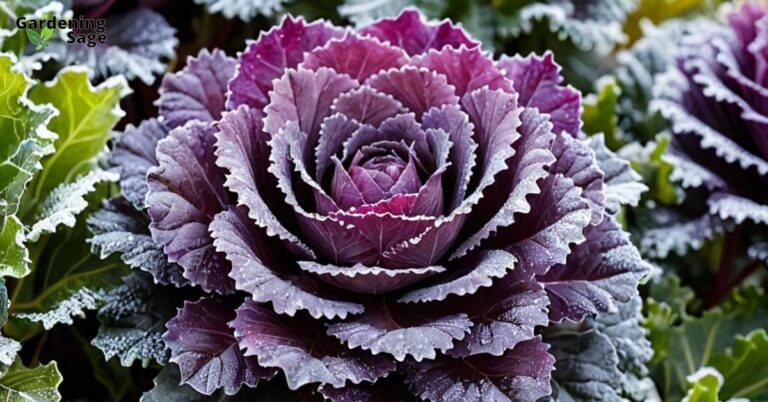The Potting Process: Key Factors to Consider
When selecting containers for your beloved plants, the options can seem endless. From material to shape and size, various factors require consideration to choose pots that will provide an optimal environment for your greenery to thrive. By understanding the core needs of your plants and pairing them with the right vessel, you enable healthy root growth and create an aesthetically pleasing display. It’s not just about the practicality of nurturing the plants; it’s also about the joy and satisfaction that come from seeing your plants in beautiful, well-suited homes.
Drainage and Aeration
Proper drainage is crucial to prevent soggy soil and enable oxygen flow to the roots. Pots with holes at the base are ideal for drainage. Unglazed terracotta and plastic planters often come pre-drilled, while glazed ceramic and decorative pots may need holes added. Place a layer of gravel or pot shards in the bottom of the container to further enhance drainage before filling with soil. This simple step can make a significant difference in the health of your plants, as it mimics the natural drainage they would experience in the wild.
Material and Durability
Select pots constructed from durable, weather-resistant materials like ceramic, terracotta, concrete or plastic. These hold up well outdoors and when exposed to moisture compared to decorative but fragile options like glazed porcelain. Match indoor plants with aesthetically pleasing pots that fit your decor. Consider the longevity of the materials and how they will age over time, as well as their resistance to cracking or fading in various environmental conditions.
Size Considerations
Choose a pot diameter roughly 2 inches wider than the plant’s current nursery pot to allow ample room for growth. However, don’t size up too drastically, as oversized containers can lead to issues with moisture retention. For plants staying in the same pot long-term, allow adequate overhead space for the future mature size. This foresight will prevent the need for frequent repotting and reduce stress on the plants.
Shape and Depth
The pot’s shape impacts root expansion and plant stability. Round, squat pots provide a wider base of support while tall, cylindrical planters direct roots downward. Shallow pots work for plants with rhizomatous growth while deeper vessels suit those with long taproots. Match shape with growth habit and space considerations. The right shape can also influence the overall look of the plant, enhancing its natural beauty and growth pattern.
Material Breathability
Breathable terracotta, fabric, concrete and wood enable air circulation to roots. This is beneficial for plants that thrive in drier conditions. Materials like plastic, ceramic and metal retain moisture longer, better suiting tropical plants. Assess your plants’ preferences and climate conditions when selecting. The breathability of the pot material can be a critical factor in preventing root rot and other moisture-related diseases.
Weight and Mobility
Lighter plastic, resin and fiberglass pots offer easy transportability for moving plants indoors or outdoors. Heavy materials like concrete add stability for top-heavy plants but become cumbersome to reposition. Incorporate wheeled bases or trays beneath large pots to enhance mobility. This consideration is especially important for gardeners who like to rearrange their plants frequently or bring them inside during adverse weather conditions.
Style and Design
Today’s pots span a spectrum of colors, shapes, textures and designs. Mix and match with your landscape scheme and plants’ needs in mind. Embrace your creativity, keeping proportion and unity in mind. With the right vessels, your plants will flourish while adding visual interest. The design of the pot can complement the plant’s features, such as highlighting the color of the foliage or the shape of the flowers, creating a harmonious and eye-catching display.
Cultivating Plant Success
With an array of pot types to evaluate, selecting the ideal planters for your gardens and indoor plant collections can feel daunting initially. Focus on your greenery’s fundamental needs first. Then explore the diverse aesthetics and creative possibilities. With each new season, reassess and refresh your pots as needed. When chosen with care, these earthen vessels become more than just functional homes for your plants. They transform into unique, living artworks showcasing the wondrous beauty of nature. The right pot not only supports the health and growth of your plants but also reflects your personal style and enhances the overall ambiance of your space.

